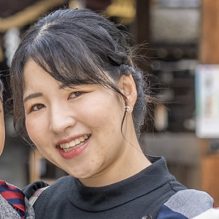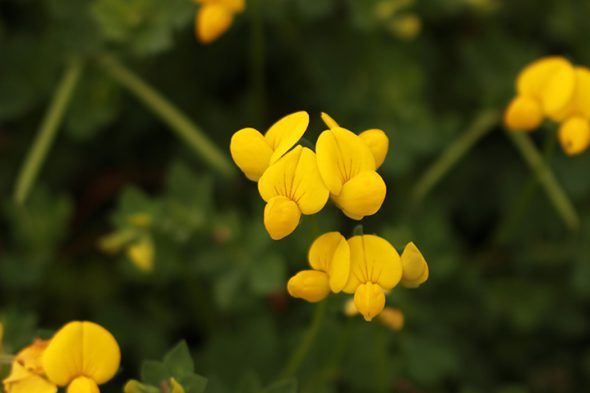-
About
- Kyoto Prize
-
Research Grants
-
Social Contributions
- Events
- News
This website uses cookies to improve the user experience. If you continue on this website, you will provide your consent to our use of cookies.
About
Research Grants
Social Contributions

Assistant Professor, Graduated School of Science and Technology, Division of Biological Science, Nara Institute of Science and Technology *Profile is at the time of the award.
2023Inamori Research GrantsBiology & Life sciences
I am very honored to have been selected for the Inamori Research Grant. I would like to utilize the techniques of molecular biology and genomics to macrobiology research and work hard to contribute to the elucidation of the mechanism of adaptive evolution.
In this study, I hypothesized that intraspecific polymorphism in flowering time in Lotus japonicus, which is widely distributed in the Japanese archipelago with its large environmental gradient, is due to the critical day length. First, I estimated the critical day length for each ecotype by analyzing flowering time data obtained in a common field experiments. I also performed a comparative analysis of genome-wide gene expression in three accessions with different critical day lengths to detect candidates for genetic factors related to flowering time difference. I found a tendency of natural selection of diversifying genotypes in the genome regions containing these genes.
Biology & Life sciences

